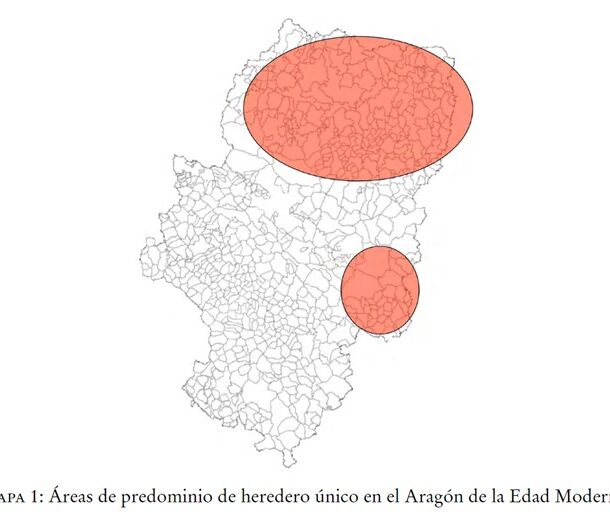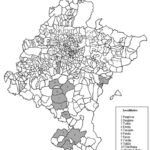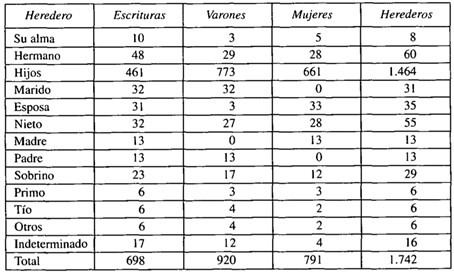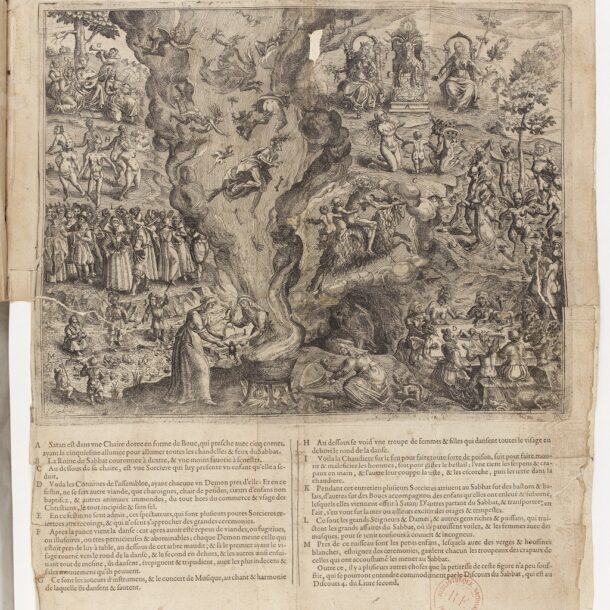
The distribution of the urban world in the kingdom of Navarre between 1553 and 1786 shows a predominance in the southern part of the kingdom. The censuses of the aforementioned dates bear witness to this. The 13 towns were: Pamplona, located in the centre, the first link in a chain that descends southwards through Puente la Reina, Estella, Sangüesa, Larraga, Tafalla, Miranda de Arga, Falces, Peralta, Villafranca, Tudela, Corella and Cascante. The author of the appeal analyses it in terms of conflict through public disorder. As he points out, the primary sources reveal a logical result: the existence of more disorder in those urban centres with larger populations. A total of 800 processes of all kinds which, although they occurred with greater frequency and intensity, rural areas were not exempt from them.
Collection: Images
Project: 0. What is Europe? The European Spaces in the history of Europe., 3. Rural world and urban world in the formation of the European identity., 6. Under a cloak of terror: violence and armed conflict in Europe., 7. Persecuted by justice and powers: rebels, political dissidents and criminals in the history of Europe.
Chronology: XVI, XVII, XVII
Scope: Primary Education, Secondary Education, Baccalaureate, University
Link: https://revistas.usal.es/index.php/Studia_Historica/article/view/9116/9354
Resource type: Image
Format: Map
Source: Ruiz Astiz, J. (2011). "Fuentes para el estudio de la violencia colectiva en la Navarra moderna: el valor de la documentación procesal", en Studia Historica, vol. 33, p. 271.
Language: Spanish
Date: 2011
Owner: Pablo Ballesta Fernández (Modernalia)
Copyright: ©Studia Historica ©Javier Ruiz Astiz
Abstract: Map showing the main population centres in the kingdom of Navarre during the Modern Age; cities that were the main protagonists of greater conflict in comparison with the rural world
Image
Tags








